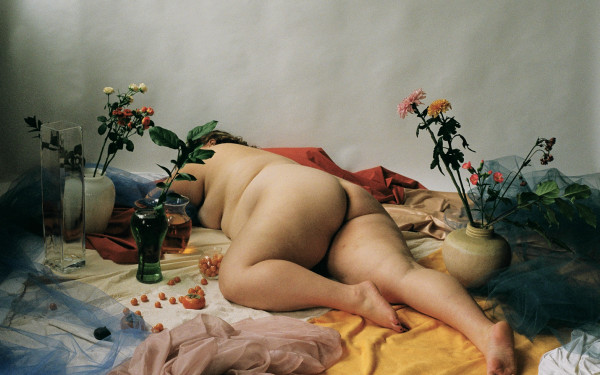Bridges Matter
Student-Artists Need a Practical Education Too
We were young. Everything that had never been done before was an opportunity for us to take. Only we could see that. We were artists.
We went to school in different disciplines. We found where we excelled above our peers and focused our efforts appropriately. We were playwrights, poets, actors, designers, writers, musicians and directors. Some of us were several. In our classes, we got the lead roles and praise from our teachers, the recognition of our peers.
Now a generation that passed through academia like a dream is handing out flyers on street corners for $10.00 an hour. They are back home in the prairies, working in call centres. They are pushing paper around in a small not-for-profit’s office.
It’s not that they didn’t try. They put on shows and emptied their bank accounts in the process. No one working on the creative side gets paid.
It’s not that they didn’t try. They put on shows and emptied their bank accounts in the process. No one working on the creative side gets paid.
They submitted multiple grant applications that went nowhere. In an effort to keep their art alive, they would engineer projects that could be done with minimal overhead even if the hope of financial reward was null and void.
The argument has been repeatedly mounted against academia that it fails to properly prepare students for the real world.
In the arts, though, “reality” can be a dirty word.
Part of the reason is that no teacher or working artist can spell out a clear path to success. There’s no trajectory, no formula.
One of the curators at Montreal’s Musée d’art contemporain, Mark Lanctôt, said that every artist has to follow their own path, and no two paths are alike. He said that the key to success is often working really hard and being at the right place at the right time.
He also suggested that Concordia’s Art Matters festival is a valuable boost for emerging artists.
The festival that started off as a platform for students to show their work to the Concordia community has grown to being a bridge between student-artists and working artists.
Last year, Art Matters was not only around Concordia, but also in St-Henri, the Plateau and the Mile End. The festival acted as matchmaker between student-artists and the people who would be there at the next step in their careers—the gallery owners and artists outside their discipline.
This is essential. Any 19-year-old artist can apply to art school with their portfolio, but the jump from university to the very small, very cliquey, very competitive art world is like facing down a brick wall for most new grads.
Student-artists become so focused on their work that whether or not anyone’s paying attention becomes an afterthought. There’s the assumption that if the work is good enough, an audience will appear. The reality is that the mainstream does not care about most art.
Lara Kramer is a Concordia grad and Montreal-based dancer who premiered a show called of good moral character this time last year. When I spoke with her, she said, “Sometimes it feels like we’re creating work for the same audience, the same critics, the same dance community.”
It’s a theme that runs through many artistic disciplines. Not only is it difficult to connect with the mainstream, but sometimes even other art-circles aren’t paying attention. The struggles a working artist faces once they try to create work outside of the academic cocoon are staggering.
We go from a safe environment to one where the most successful artists don’t know where the next paycheck is coming from. The Canada Council for the Arts could suffer another funding cut and then the grants in a certain discipline dry up.
Or for the artist who takes an arts-related job—after tiring of living on the edge of their seat hoping for the next residency—can be unceremoniously axed altogether. The recent demise of the Canadian Conference of the Arts is only one example.
This is not to discourage student-artists, but to say that strategies that will help them turn their work into something they can support themselves with is desperately needed.
Art Matters is trying. Last year they had their first speaker series, called The Art of Survival. The series invited working artists to speak on getting by within the industry.
But Art Matters only runs two weeks and the nitty-gritty of how to make it in the art world needs to be taught throughout a degree.
It shouldn’t be suggested that artists start making connections outside of their school-based community while they are working towards a degree—it should be absolutely required.
No student-artist should enter their field without having, at the very least, an understanding of the basics of self-promotion, accounting, contract negotiation, unions and grant applications.
Yes, these are topics considered vulgar in an academic setting. They are not fun, they are not creative and they will not be well received by those who have to learn them. But sometimes curriculums are structured with a bit of medicine and art schools shouldn’t be any different.
And students should have the chance to take that medicine early, in classes that will empower them later—rather than after-the-fact, when they’re handing out flyers in the rain.

WEB_900_411_90.jpg)
_600_832_s.png)



_600_375_90_s_c1.jpg)